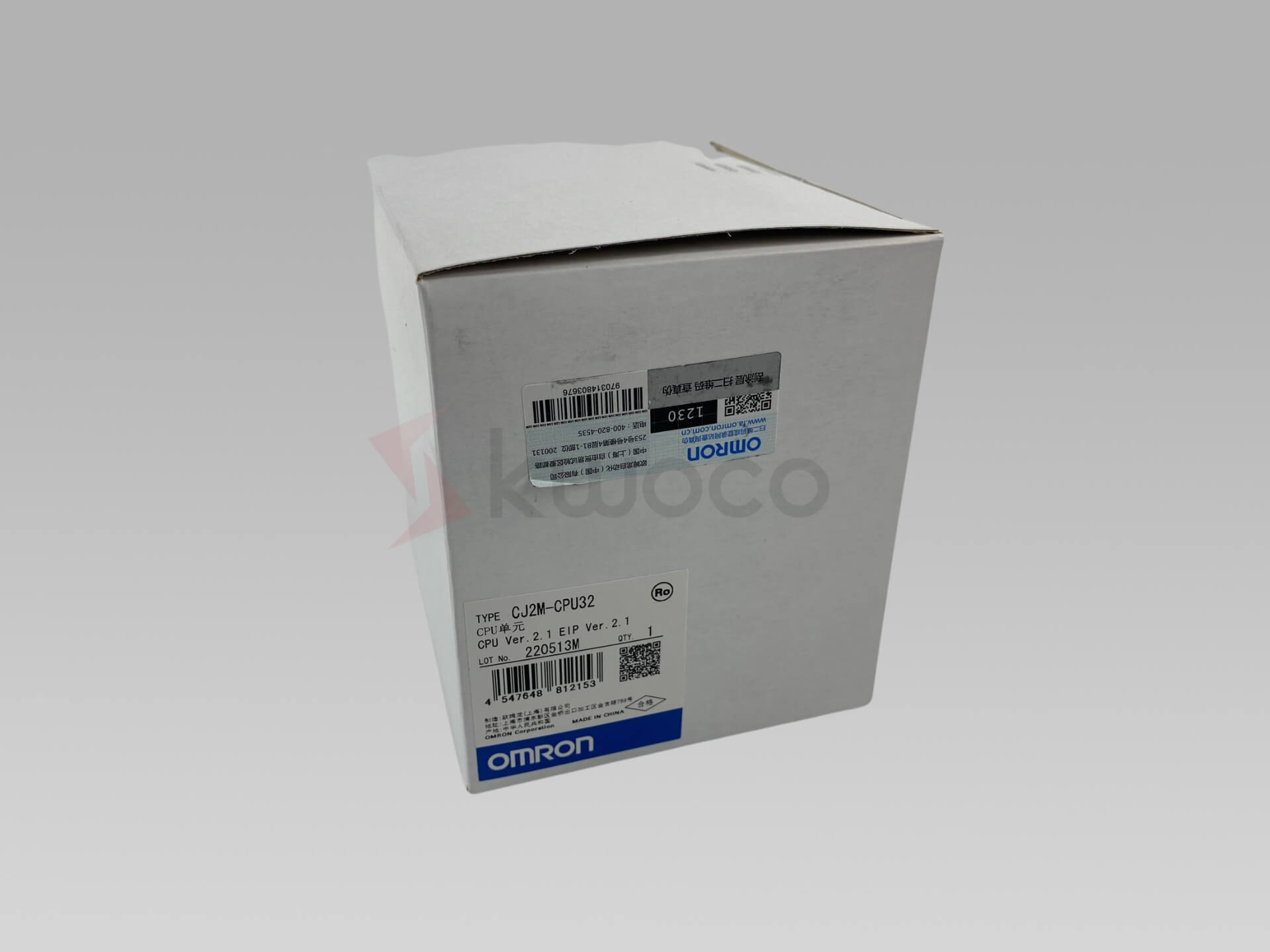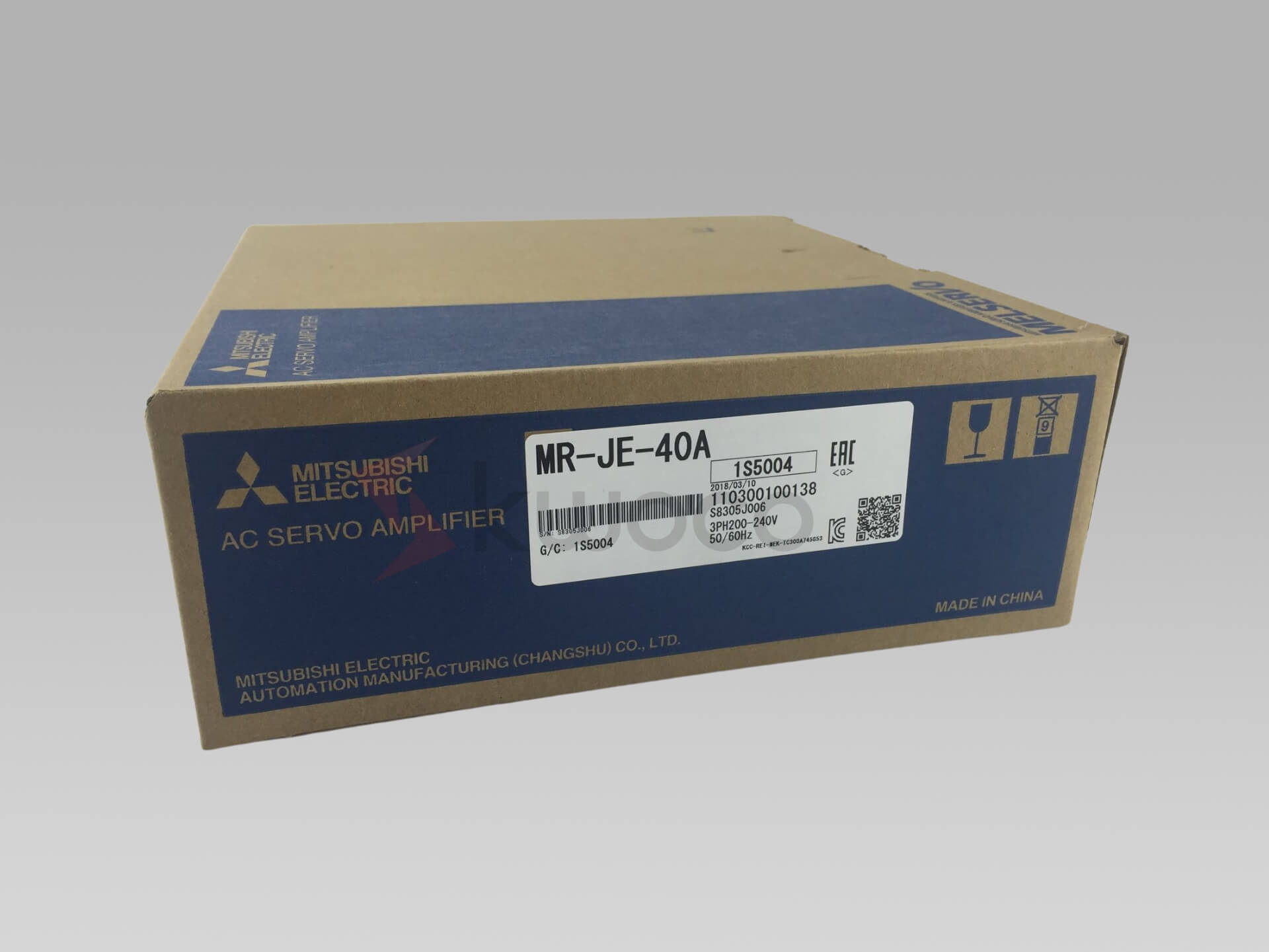Мастер лестничной логики: что вам нужно знать
- kwoco-plc.com
- 13 октября 2024 г.
- 8:21 пп
Программирование на языке релейной логики — это язык программирования, основанный на МЭК 61131-3 стандарт, предназначенный для управления различными устройствами автоматизации. Его концепция проста: как и в случае с проводными цепями, вы подключаете входные и выходные устройства и выполняете задачи на основе логических условий.
- Проще говоря, Ladder Logic позволяет машинам «думать» и выполнять задачи. Например, когда нажимается кнопка или датчик обнаруживает изменение, ПЛК следует заранее написанной логике для выполнения таких действий, как запуск мотор или открытие клапана.
Давайте углубимся и посмотрим, как Ladder Logic может превратить ваш ПЛК в главный контроллер!
Оглавление
Основные характеристики лестничной логики
Ladder Logic — это язык программирования ПЛК, который следует МЭК 61131-3 стандарт и широко используется в промышленной автоматизации. Этот графический язык имитирует традиционную релейную логику, что делает его простым для понимания пользователями без опыта программирования.
Основные характеристики
- Соответствие МЭК 61131-3: Стандарт охватывает релейную логику наряду с другими языками программирования ПЛК, такими как список инструкций (IL) и структурированный текст (ST), что повышает согласованность в программировании ПЛК.
- Принцип работы: Он имитирует электрические цепи, связывая устройства ввода (например, кнопки или датчики) с выходными устройствами (такими как двигатели или клапаны) через логический путь. ПЛК последовательно сканирует входные состояния и запускает выходы на основе логических условий.
- Графическое выражение: Ladder Logic заменяет код символами, позволяя пользователям создавать логику управления, соединяя горизонтальные ступени с вертикальными направляющими, аналогично чтению принципиальных схем.
Простая в освоении и интуитивно понятная структура делает Ladder Logic одним из самых популярных языков автоматизации, идеальным для новичков и тех, кто знаком с релейными системами.
Ключевые компоненты программы лестничной логики
Рельсы и перекладины
Рельсы — это вертикальные линии электропередач, которые определяют границы входов и выходов. Ступени — это горизонтальные соединения между рельсами, образующие пути, которые связывают входы и выходы посредством логических операций.Входы и выходы
Входы, такие как кнопки или датчики, посылают сигналы в ПЛК и представлены нормально открытыми (НО) или нормально закрытыми (НЗ) контактами. Выходы, такие как двигатели или лампы, активируются на основе входных условий и символизируются как катушки реле.Логические операторы
Логические символы, такие как И и ИЛИ, определяют связь между входами:- И Логика: Активирует выход только при выполнении всех входных условий.
- ИЛИ Логика: Активирует выход, когда удовлетворяется хотя бы один вход.
Таймеры и счетчики
- Таймеры: Задержка активации или деактивации устройств.
- Счетчики: Отслеживание количества входных событий с поддержкой прямого и обратного подсчета.
Названия тегов и обозначения адресов
Каждый вход и выход имеет адрес памяти и имя тега, что упрощает программистам идентификацию и управление состояниями устройств.Комментарии и документация
Аннотации разъясняют логику и работу каждой ступени, помогая другим инженерам понимать и поддерживать программу.
Сочетание этих элементов позволяет создать надежные системы управления, предлагающие эффективные решения для проектов автоматизации.
Основные элементы программирования релейной логики
Что такое рельсы и перекладины?
- Рельсы: представляют собой линии электропередач, обычно левая сторона — для ввода питания, а правая — для нейтрали или заземления.
- Ступени: Горизонтальные пути, представляющие логику управления, где входы и выходы соединены для формирования цепей. Логика течет слева направо, а выход срабатывает при выполнении условий.
Логические выражения и условия
- И Логика: Для активации выхода необходимо, чтобы все условия были истинными.
- ИЛИ Логика: Активирует выход, если выполнено хотя бы одно условие.
Эти логические связи обеспечивают бесперебойную работу автоматизированных систем, например, запуск конвейерной ленты только при обнаружении объектов двумя датчиками.
Распространенные ошибки для новичков в области лестничной логики и как их избежать
- Чрезмерное усложнение логики: Сделайте программу простой и легкой в обслуживании.
- Забывание сохранения и загрузки программ: Всегда дважды проверяйте, загружены ли изменения в ПЛК.
- Непонимание подключений устройств: Убедитесь, что вы понимаете, как функционирует каждый вход и выход в цепи.
Почему вам следует изучать лестничную логику?
В автоматизации Ladder Logic — это «универсальный язык» программирования ПЛК. Он используется для задач от управления роботизированными руками на производственных линиях до управления работой водяных насосов. Освоение Ladder Logic позволяет вам давать точные инструкции машинам и адаптироваться к различным проектам автоматизации.
Если вы планируете работать с Омрон или ПЛК Mitsubishiнеобходимо освоить лестничную логику.
Обеспечьте свои проекты новыми, оригинальными ПЛК Omron, Mitsubishi, Schneider — в наличии, готовы прямо сейчас!
Часто задаваемые вопросы о релейной логике
Каковы основные концепции программирования релейной логики?
Ladder Logic — графический язык, разработанный для ПЛК, имитирующий релейные системы управления с использованием входов и выходов в структуре, похожей на лестничную. Он интуитивно понятен даже пользователям с ограниченными знаниями в области программирования.Каковы пять основных правил лестничной логики?
- Читать слева направо, сверху вниз.
- Входы слева, выходы справа.
- Логика основана на двоичных состояниях (Истина/Ложь, 1/0).
- Сохраняйте логику простой для лучшего обслуживания.
- Непрерывное сканирование обеспечивает реагирование в режиме реального времени.
Каковы основные инструкции в релейной логике?
- И: Активирует выход только тогда, когда все условия истинны.
- ИЛИ: Активирует выход, если какое-либо условие истинно.
- Таймеры: Задержка активации или деактивации.
- Счетчики: Отслеживайте и управляйте событиями ввода.
- Установить/Сбросить: Поддержание или сброс состояний выходов.
Каковы основные операции лестничной логики?
- Статус чтения ввода: ПЛК сканирует входы для регистрации их состояния.
- Выполнять логические суждения: Оценивает входные данные в соответствии с логикой.
- Обновление состояния вывода: Активирует выходы на основе логических условий.
- Циклическое сканирование: Постоянно сканирует и выполняет действия, чтобы обеспечить своевременный ответ.
Эти операции составляют основу систем ПЛК, позволяя решать сложные задачи автоматизации.
Заключение
Изучение Ladder Logic несложно, если вы понимаете его основные принципы и практикуетесь с несколькими простыми проектами. Имея на складе более 30 миллионов продуктов автоматизации, все новые и оригинальные, Kwoco предлагает быструю доставку по всему миру для поддержки ваших потребностей в автоматизации. Есть вопросы? Не стесняйтесь писать мне по адресу: [email protected].
Связаться с нами
Просто заполните свое имя, адрес электронной почты и краткое описание вашего запроса в этой форме. Мы свяжемся с вами в течение 24 часов.
Категория продукта
Горячие продажи товаров
Эти темы также могут быть вам интересны

Разоблачение воздушного автоматического выключателя: ваше полное руководство
В этой статье мы погружаемся в увлекательный мир воздушных автоматических выключателей (ACB), объясняя их функции, типы, принципы работы и области применения. Независимо от того, являетесь ли вы опытным профессионалом в секторе промышленной автоматизации или просто интересуетесь технологиями, которые питают наш современный мир, это всеобъемлющее руководство предоставит вам все необходимые знания об ACB, что делает его полезным для прочтения всем, кто заинтересован в понимании этих критически важных компонентов электрических систем.

10 распространенных кодов неисправностей сервоприводов Mitsubishi и их решения: устранение неисправностей стало проще!
10 распространенных кодов аварийных сигналов сервоприводов Mitsubishi и их решения: устранение неисправностей стало проще! В промышленной автоматизации сервоприводы играют решающую роль, и Mitsubishi

Что такое кодер? Основы его работы
Энкодеры являются важнейшими компонентами современных систем автоматизации и управления движением. Они преобразуют движение в электрический сигнал, который может быть считан каким-либо типом управляющего устройства, например, ПЛК или микроконтроллером. Если вы когда-либо задумывались, как машины точно определяют положение и скорость или как роботизированные руки знают, куда двигаться, эта статья для вас. Мы рассмотрим основы энкодеров, их типы и их важную роль в различных приложениях.






